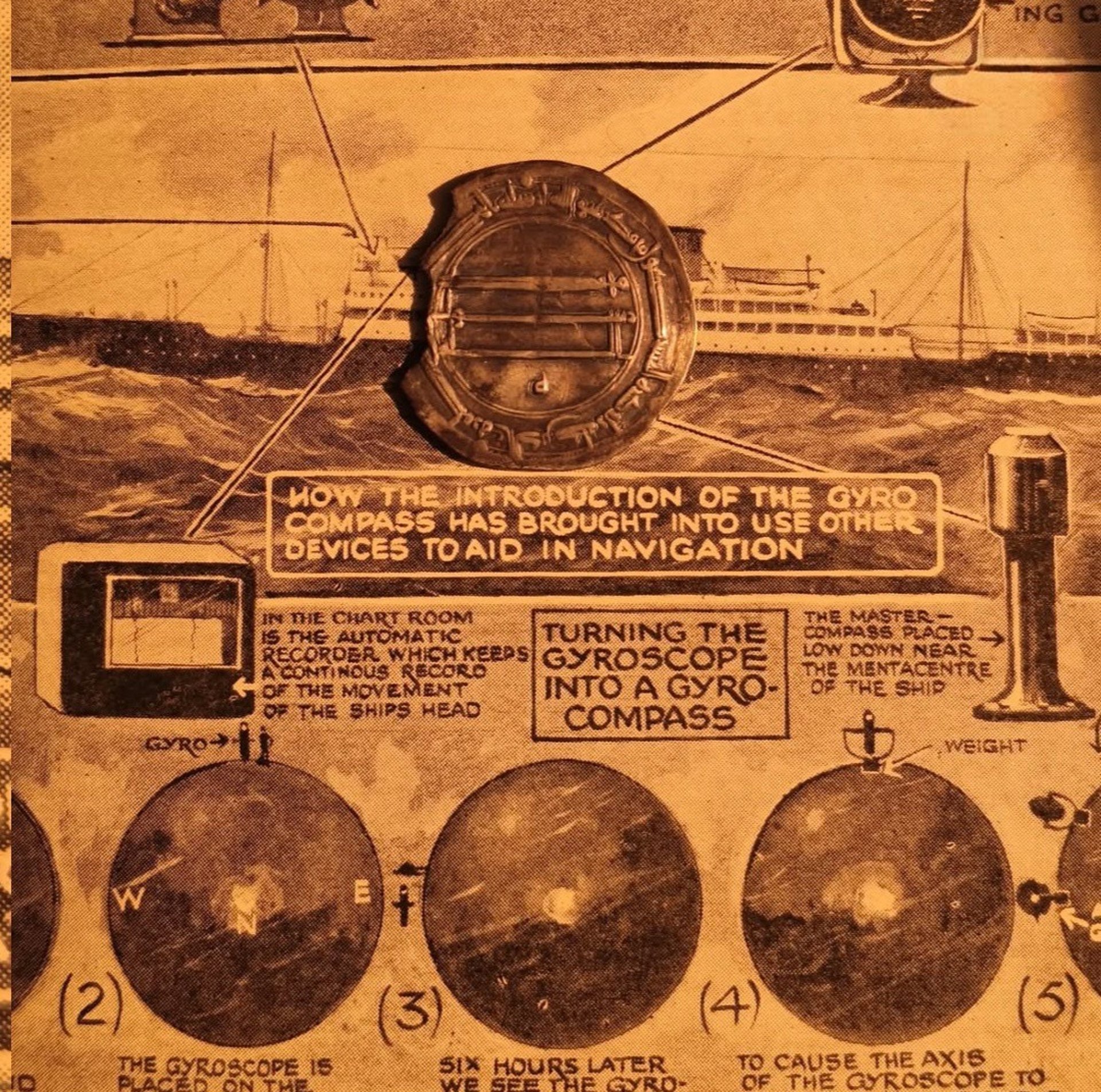
Reviving South Asia’s Forgotten Heritage

The coin attributed to Khusrau Malik, the last Ghaznavid king 1178
The coin attributed to Khusrau Malik, the last Ghaznavid king, in 1178, holds historical significance as it marks the beginning of the decline of the Ghaznavid Empire. During this period, the Ghurid Empire began expanding into Ghaznavid territory, ultimately culminating in the Siege of Lahore in 1186. This pivotal event brought an end to the Ghaznavid rule that had endured for two centuries.
On the front side of the coin, an abstract Persian script is depicted, reflecting the cultural and linguistic influences of the region. Persian was widely used as the court language and held prominence in the Ghaznavid Empire. The intricate nature of the script symbolizes the rich heritage and artistic finesse of the empire.
On the reverse side of the coin, a bull is represented in a simplified, stick figure-like form. The choice of a bull as a motif may hold symbolic significance, as bulls often symbolize strength, power, and resilience. It could also represent the agricultural prosperity or military might of the Ghaznavid Empire.
Overall, this coin serves as a numismatic artifact that not only represents the reign of Khusrau Malik but also signifies the turning point in the history of the Ghaznavid Empire, with the Ghurid Empire's advance marking the beginning of its decline.
